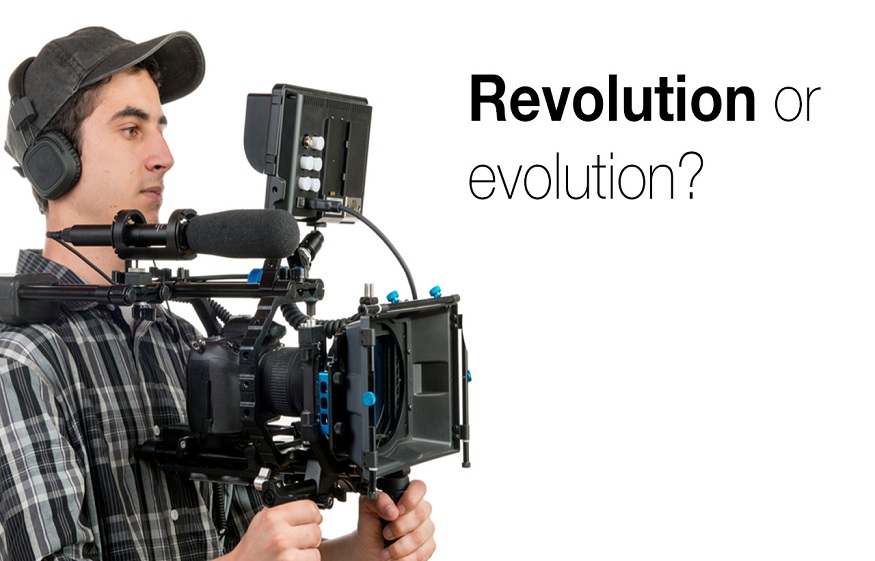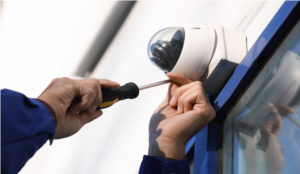Deviation in capturing creativity from reality in visual arts was shifted with the introduction of new DSLRs. Apart from democratising taking photos, these multi-functional devices have opened up more opportunities for expressing oneself, and for creativity. This post provides an insight into the impact that DSLR cameras have had within society in various aspects as discussed above about their technological advancement and impacts.
Technical developments: They indicated that the technology of photography was revolutionised by the arrival of DSLR camera. Typically DSLR cameras capture pictures using digital sensors instead of films; therefore, the pictures can be directly viewed or processed. Thanks to this fantastic control and freedom of choice, the digital revolution offered a completely new approach to the activity of photographers.
Lens Interchange: Using lenses is one of the most prominent properties of DSLR cameras that set them apart from other types of cameras. It is thus flexibility from which photographers benefit as they can effectively address various shooting scenarios as well as adhere to various tastes and likeliness. Switching between lenses that you see attached to a DSLR camera enables an individual to express him/herself more uniquely and capture more moments. It can be used to make general photogenic landscapes using the wide lens or shoot specific things using a telephoto lens.
Precision and performance of DSLR cameras: Largely, a digital photographer may freeze moments, even momentary fractions of time, one may not have seen in such detail before because of the improved autofocus systems and fast shutter speeds that are available in the present day. These cameras are simply great for providing accurate and consistent results no matter what the need, whether it is to effectively click the fleeting moment in sports or to perfectly capture the facial features in a portrait.
Manual Controls: DSLRs provide numerous automatic shooting modes along with a comparatively wide range of manual controls for usage by photographers who wish to work manually. DSLRs leave room for a photographer to set the specs to achieve a preferred outcome in pictures; other aspects include setting the exposure compensation and also the white balance. Shooters can test the limits of their profession because of this degree of manual control, which also stimulates innovation and invention.
High-Quality Imaging: DSLR cameras have made a tremendous contribution to photography by producing photos with remarkable clarity and detail. DSLRs can generate images with picture fidelity and sharpness that rival those of professional-grade equipment because of their huge sensors and sophisticated image-processing algorithms. DSLR cameras perpetually produce remarkable outcomes that satisfy even the most exacting photographers, whether publishing large-format prints or presenting photographs online.
Accessibility and Affordability: DSLR cameras, besides their functional performance, have played a crucial role in popularising photography and mass production by making quality gadgets affordable and easily available. When compared to DSLRs of the past, today’s DSLRs are relatively inexpensive for novices and amateur photographers and even professionals cannot always afford the very best gear. The ease of accessibility has made it possible for a fresh group of artistic individuals to pursue their love of photography and improve their abilities without encountering financial obstacles.
Social Impact: DSLR cameras have significantly changed how society views photography on a cultural level beyond their technical prowess. Digital photography is now widely used, which has completely changed how we share ideas, record our lives, and keep memories. People share their visual narratives taken with DSLR cameras on social media sites like Facebook and Instagram, creating a global community of visual storytellers. These platforms have evolved into virtual galleries.
Conclusion:
In summary, from their technological innovations to their cultural influence, DSLR cameras have completely changed photography. By enabling people to express their creativity and share their distinct viewpoints with the world, these adaptable gadgets have democratised photography. DSLR cameras will surely continue to be at the forefront of innovation as we embrace the digital age of image, motivating future generations of photographers to capture the intricacy and beauty of the world around them.




